
China’s First Emperor and his Terracotta Warriors is a featured exhibit running through January at the Field Museum.
The exhibition tells the story of the first emperor of China, Qin Shihuang, and his terracotta tomb. The Chinese families would honor their dead with grave goods as a ritual for many generations. They would bury the deceased along with bronze to maintain their status in afterlife. Qin Shihuang became the first emperor of China after he conquered the rest of the Warring States and brought them together.
Emperor Qin Shihuang took this ritual to larger scale.
He spent a large portion of his life preparing for afterlife and began the construction of his tomb even before becoming the emperor. The terracotta warriors were made to accompany him in death, but the soldiers were only one part of the tomb. There were horses for war, birds, acrobats to entertain him, archers to protect him from robbery, and even bureaucratic officials waiting for the emperor’s order to help him run his kingdom in afterlife.
Ben Williams, 57, of Urbana enjoyed the exhibition and the short video about the history of Emperor Qin Shihuang’s tomb. “I did not know that the warriors were individualized,” he said. “It was fascinating. He built the Great Wall and was prepared for his afterlife. He was very resourceful and it was very impressive. I didn’t know that the real tomb was not excavated. I did not know that he built more than just the army; he recreated the whole society.”
The emperor’s burial site is the largest tomb of grave goods in Chinese history. Some Chinese still practice this ritual of burying goods. Families would bury their favorite clothes or items along with them so they can use them in afterlife.
Tia Washington, 34, of Virginia was amazed that they are able to excavate the artifacts and share it across the world. “I think it’s amazing that countries can share their culture with us,” she said. “Some Americans never had the chance to go to China, so it’s wonderful that they are sharing their heritage with us.”
Guilherme Cantisano was also very impressed with the exhibition.
It was not the first time the Brazilian native has seen the Terracotta Warriors, but he still loved it.
“I study a lot in the past about the Terracotta Warriors,” Cantisano, 42, said. “I saw it in New York and China. I respect what happened in China before. The exhibition helps me understand what happened during those times.”
The actual burial tomb of Emperor Qin Shihuang has yet to be excavated in order to protect whatever lays beneath it. Early historians believe that the tomb holds a palace, a tower, a hundred more officials and the Emperor’s treasures. It is also said that rivers and seas of mercury runs underground with heavenly constellations mapped across the sky. The researchers found high concentration of mercury from a sample of the soil from the mound of the tomb, indicating that the historians could be right.
If you go:
- China’s First Emperor and his Terracotta Warriors exhibit
- March 4 2016 through Jan. 8 2017.
- Chicago’s Field Museum, 1400 S. Lake Shore Dr.
Short video on Terracotta Warriors history/Courtesy National Geographic

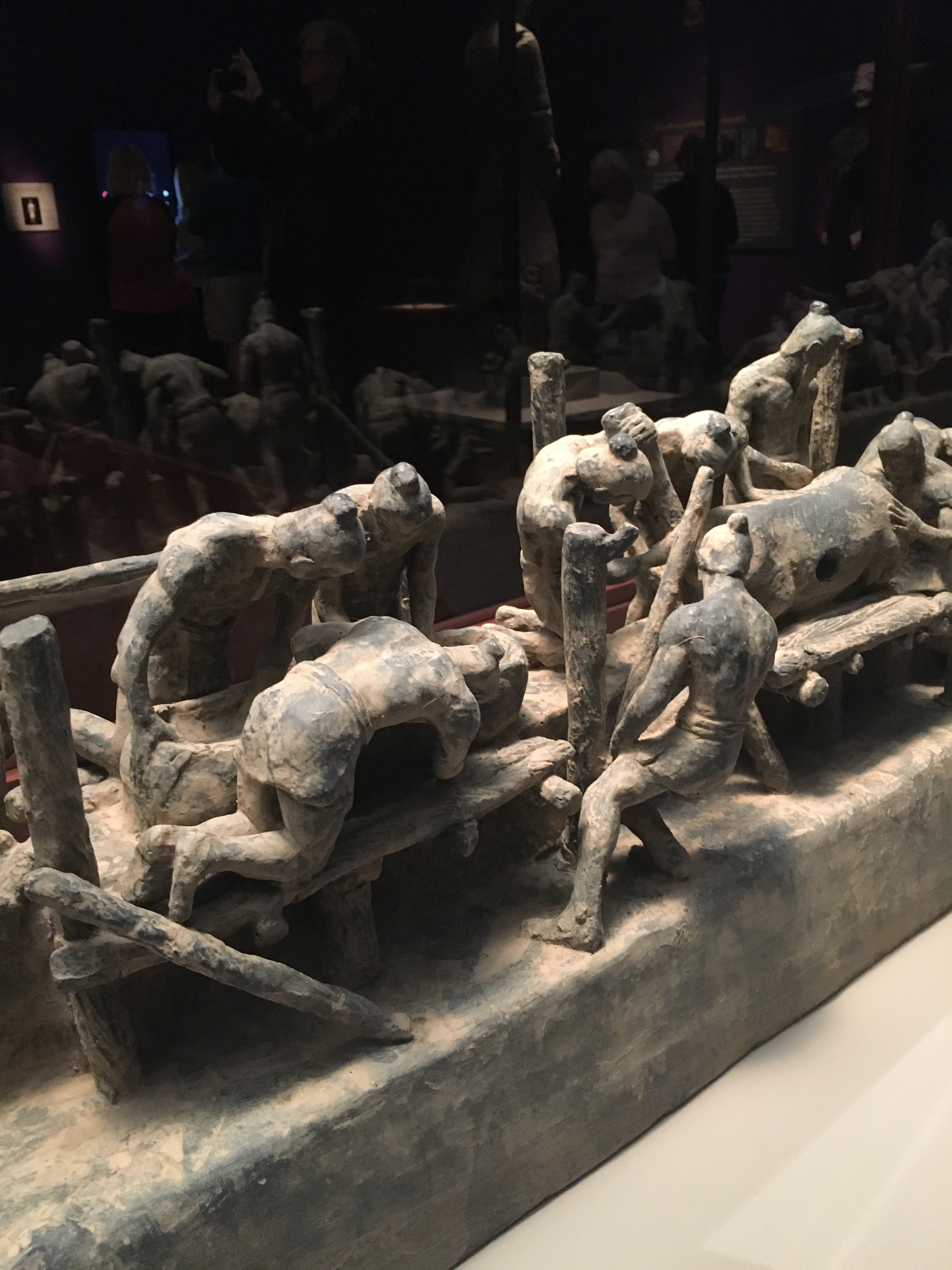

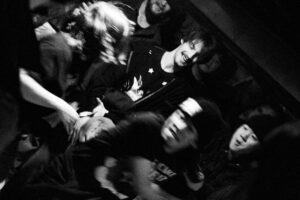
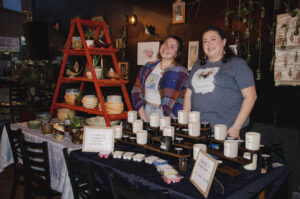
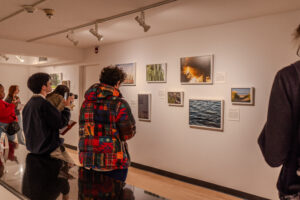
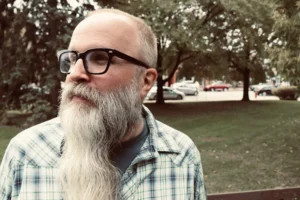
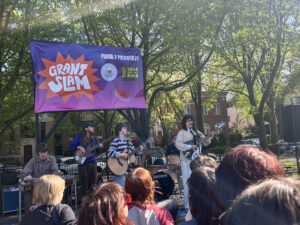








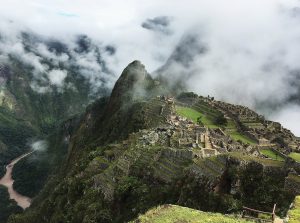
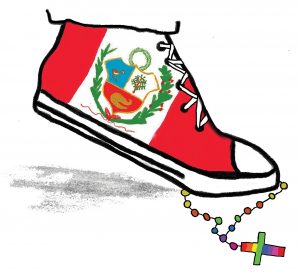


Be First to Comment